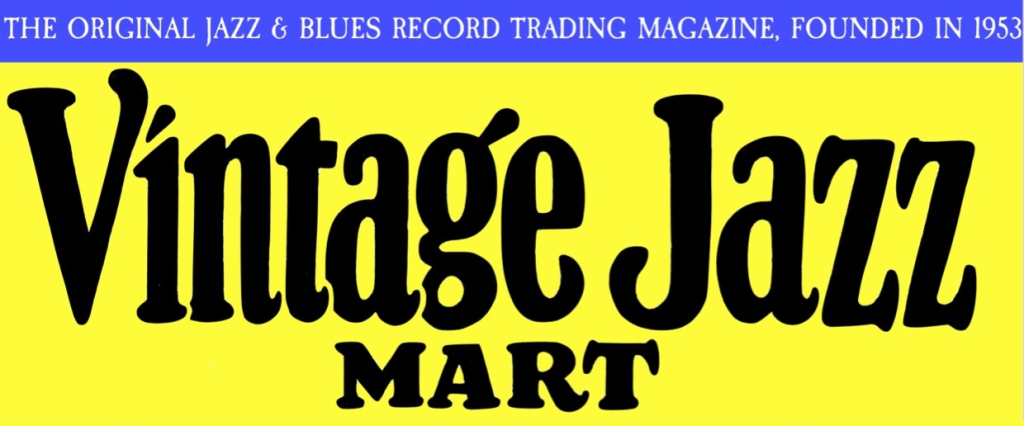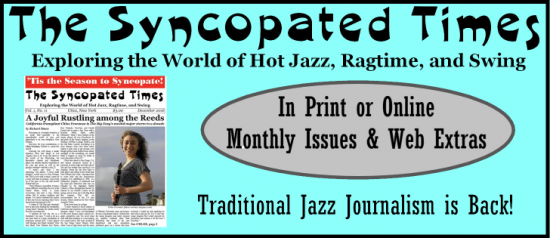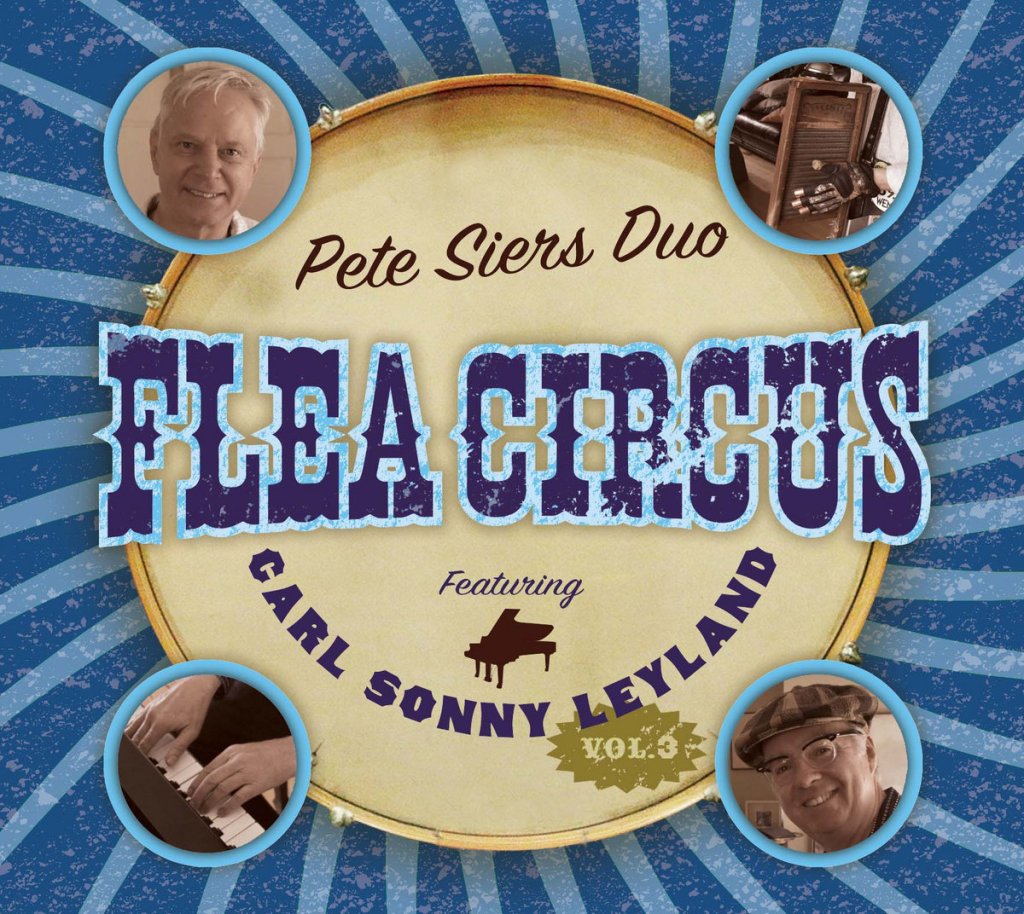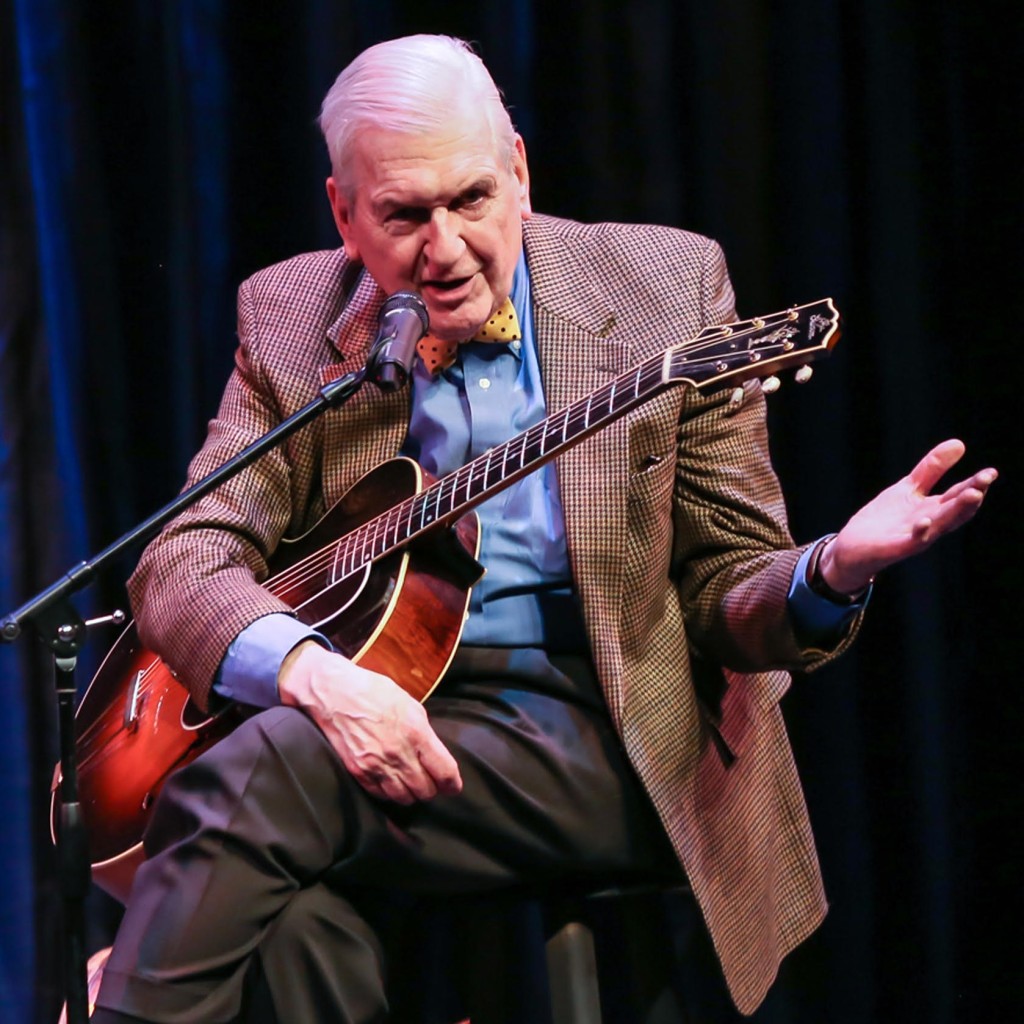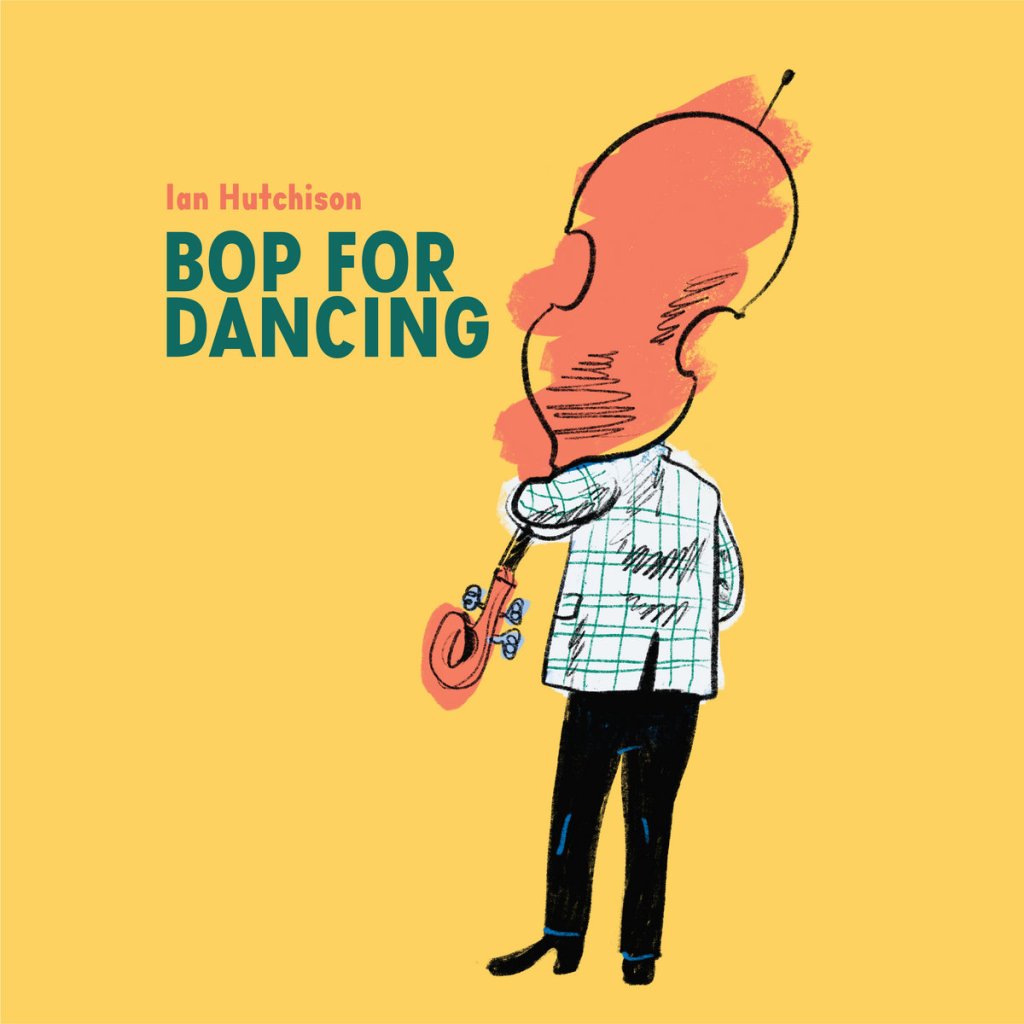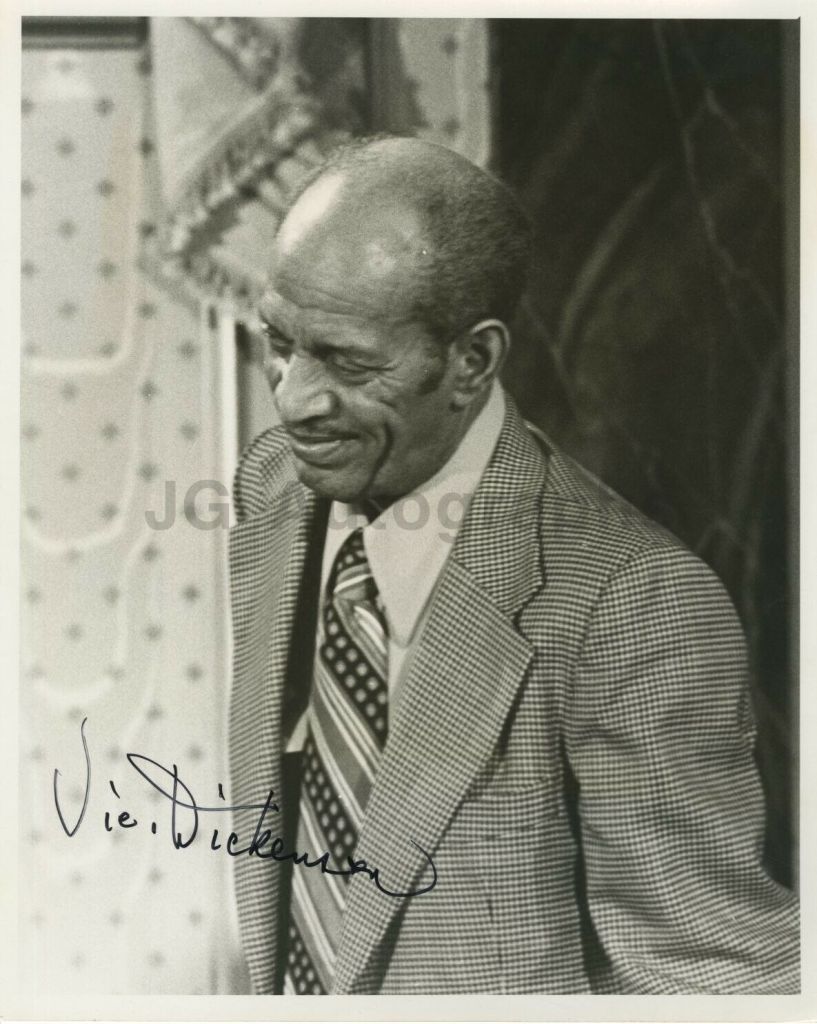
The facts.
Joe Venuti And His New Yorkers : Ray Lodwig, Manny Klein, trumpet; Jack Teagarden, trombone; Irving Friedman, clarinet; Arnold Brilhart, alto saxophone; Bernard Daly, tenor saxophone; Min Leibrook, bass saxophone; Joe Venuti, violin; Lennie Hayton, piano; Eddie Lang, guitar; Herb Quigley, drums, harpophone; Smith Ballew, vocal. New York, May 22, 1930. The song’s composers are Joe Burke and Al Dubin, heroes also.
I’ve loved this performance (in two versions) for decades. Jack Teagarden is, as always, the Master of Improvisation, as he shows in two recordings possibly created less than ten minutes apart. When I first heard it, though, the focus of my attention would have been the hot solos by Venuti and Jack.
Thanks to my teacher in such things, Andrew Sammut, I now admire the lovely sound of the dance orchestra, the lilt of the rhythm section, Smith Ballew’s friendly loose-jointed singing, all the good things that happen before the first solo, the way these players inhabit the stock arrangement, Venuti’s violin blending in wherever he would amplify the harmonies the best, Friedman’s obbligato to the vocal, then Mister Tea, sounding ten feet tall, Quigley rocking the choked cymbal behind him (with a by-the-book Lodwig or Klein bridge for anyone unsettled by Jack’s valor), his ferocious return — the equal of Louis or Bix at their finest — before the ensemble, with Hayton and Friedman helping out, rocks to the end, Eddie Lang at the heart of it all. What a musical performance!
and a second go-round. Thank you, anonymous A&R person (Bob Stephens?) or Venuti for wanting a second take. I don’t have my library nearby so I cannot be sure which take came first, but here it is:
Two footnotes, both with Marty Grosz at the center. When Marty would describe, nostalgically, the Chicago “joints” and “toilets” he played in, he would usually comment on the audience, men of a certain subtlety who had imbibed a good deal. One of their typical jokes would be to quote the title of this song with the emendation, “. . . the girl in my arms is a boy,” to raucous laughter. As someone used to say, you can dress them up but you can’t take them out.
This post was motivated by a very clear audio-visual memory of Marty leading a band, perhaps nine people, Vince Giordano on all his instruments, performing this tune at Jazz at Chautauqua, with the proper quarter-note rest between “in” and “my,” of course. I know I saw it. Did I record it or (I hope video-record) it? I must dig through my archives. Until then, keep dancing. And we wish for no tears.
P.S. It was originally a waltz: Ruth Etting tells her tale here, six days earlier:
P.S. I mentioned Andrew Sammut above. His specialty is deep (but never tedious) investigations into the life and music of worthy creators who have gotten ignored: I think of his fascinating research on Darnell Howard, Larry Abbott, Larry Binyon, and, most recently, trumpeter-bandleader Jack Stillman. Truly worth reading, stylish prose with no ideological ballast. And I get no commission.
May your happiness increase!
